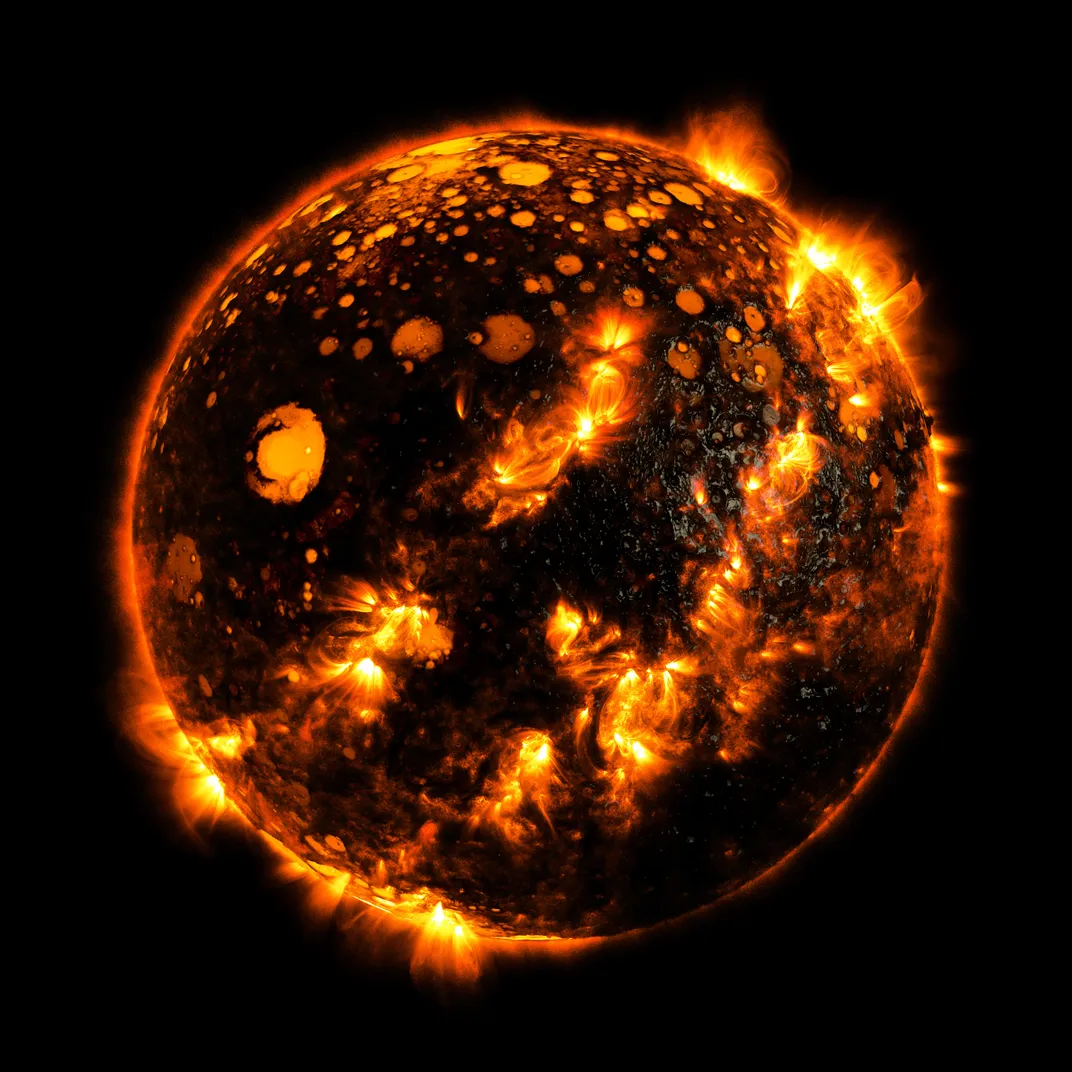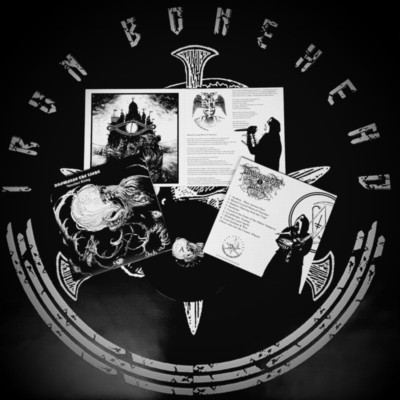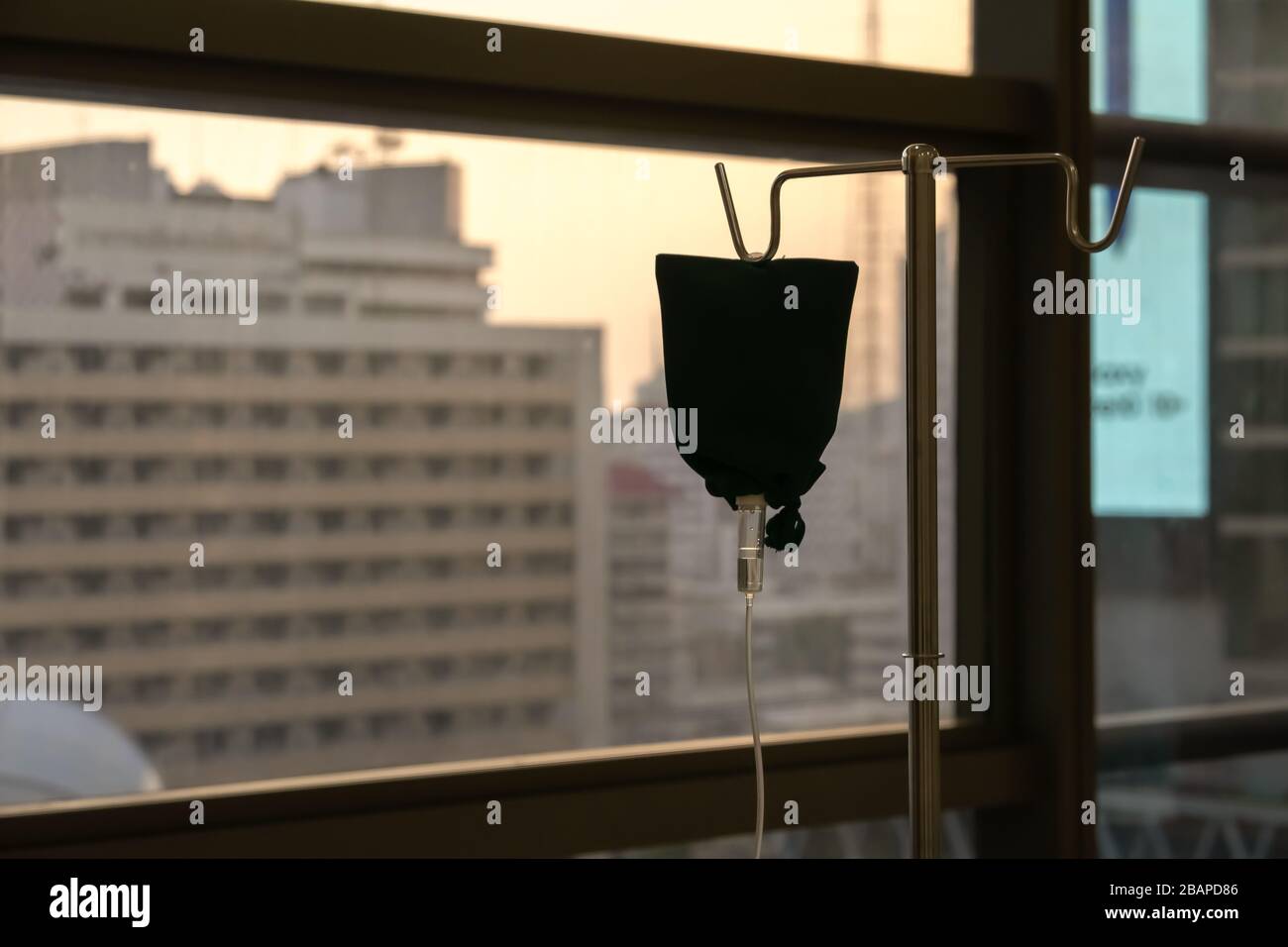
Note: Liver supplies a very high concentration of iron, but it also contains unsafe amounts of vitamin A, so it's best to limit how much liver you eat during pregnancy. But if you're vegan or vegetarian and don't eat animal protein, you can get iron from legumes, vegetables, and grains. Red meat, poultry, and seafood contain both heme and non-heme iron and are some of the best sources of iron. Non-heme iron is found in plants, iron-fortified foods, and supplements. Heme iron is found only in animal sources and is easier for your body to absorb. There are two forms of iron: heme and non-heme. To make sure you're getting enough iron, eat a variety of iron-rich foods every day. This number is lower because it assumes that breastfeeding women haven't had a period yet, so need less iron. Note: Breastfeeding women need 9 to 10 mg of iron per day, which is less than pregnant and nonpregnant women. Nonpregnant women ages 19 to 50 need: 18 mg per day Nonpregnant women ages 14 to 18 need: 15 mg per day Pregnant women (of all ages) need: 27 milligrams (mg) of iron per day Pregnant women need significantly more iron than women who aren't pregnant.





 0 kommentar(er)
0 kommentar(er)
